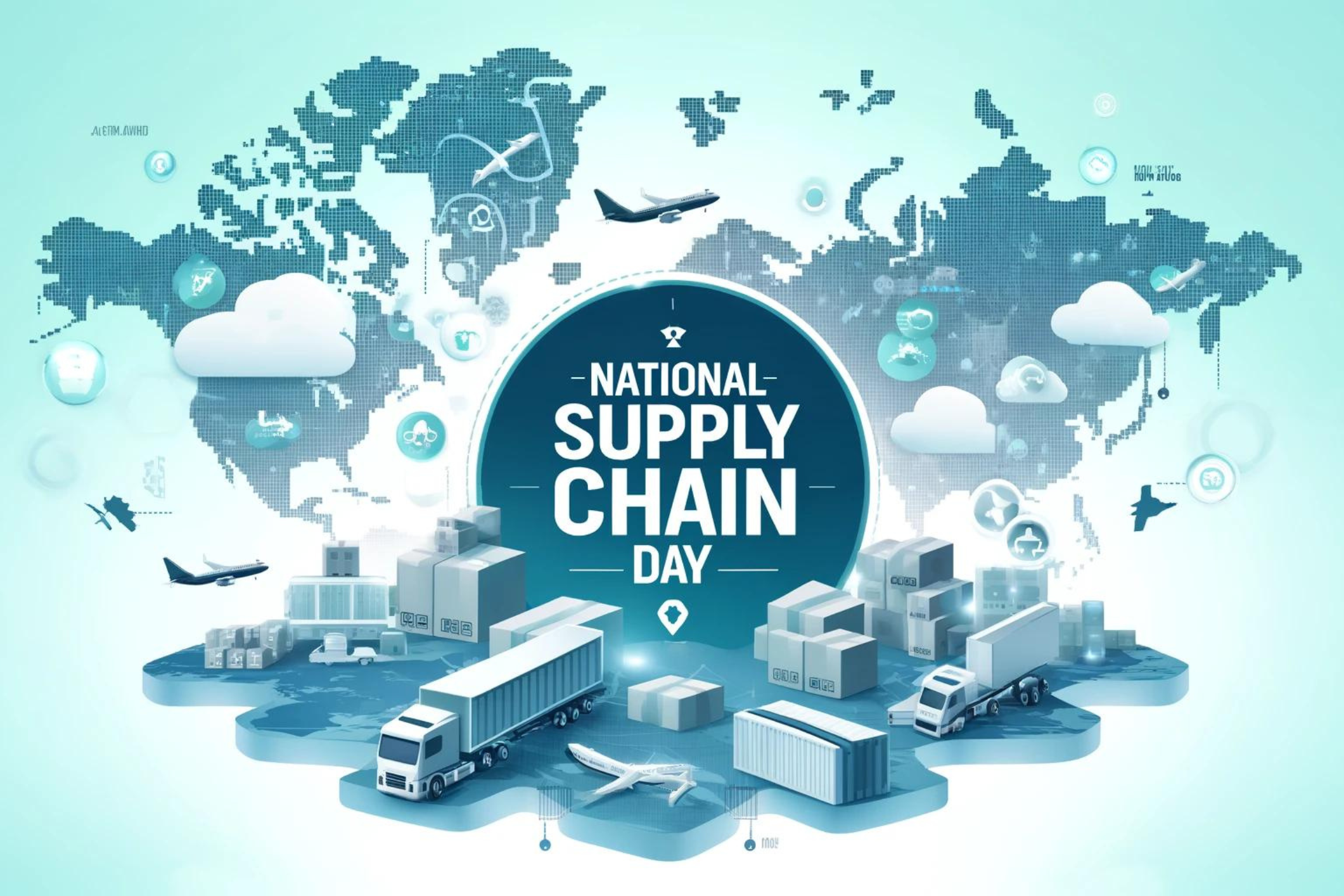

For the latest on ecommerce tips and best practices.
Supply Chain Trivia: Test Your Shipping and Logistics Knowledge

When you run an ecommerce store, you devote a lot of time to keeping your website up-to-date, running ads, creating content, and developing your product line. But that’s not all you have to worry about—behind the scenes, you’re immersed in complex logistics processes. From choosing suppliers to shipping packages to customers, you’re always looking for ways to optimize your supply chain.
In honor of National Supply Chain Day (yep, there’s a day for that!), we’ve designed a trivia challenge to test your knowledge and maybe even teach you a few surprising facts. From ancient trade routes to modern technology, let's see how well you know the world of supply chain management.
Are you ready to test your supply chain smarts? Dive in and discover if you're a Supply Chain Newbie, Enthusiast, Expert, or perhaps even a Guru!
7 Supply Chain Trivia Questions
Do your best to answer the questions below, then scroll to the next section for all the answers.
- What was the first product scanned using a UPC barcode?
B. A pack of Wrigley's Juicy Fruit gum
C. A box of Oreo cookies
D. A can of Campbell's soup
- Which of the following ports is considered the world's busiest container port?
B. Port of Rotterdam
C. Port of Shanghai
D. Port of Los Angeles
- The Just-in-Time (JIT) manufacturing process was pioneered by which company?
B. Amazon
C. Toyota
D. General Electric
- Which invention revolutionized the global supply chain in the 1960s?
B. The forklift
C. The conveyor belt
D. The shipping container
- What percentage of the U.S. GDP is represented by the transportation and warehousing industry?
B. 8.6%
C. 12.3%
D. 15.8%
- What is the term for the effect where small variations in demand at the retail level cause progressively larger variations up the supply chain?
B. The butterfly effect
C. The bullwhip effect
D. The domino effect
- Which technology is increasingly being used in supply chains for tracking goods and ensuring authenticity?
B. Blockchain
C. Virtual reality
D. 3D printing
Ready for the Answers?
- What was the first product scanned using a UPC barcode?
Answer: A pack of Wrigley's Juicy Fruit gum. The pack of gum was scanned at Marsh Supermarket in Troy, Ohio, on June 26, 1974. The night before, staff had added barcodes to all their merchandise while National Cash Register, their checkout equipment provider, installed scanners and computers. Clyde Dawson, head of research and development at the store, chose the pack of gum because people had originally doubted whether a barcode could be printed on something so small.
- Which of the following ports is considered the world's busiest container port?
Answer: Port of Shanghai. In 2021, this port processed 47.03 million TEU (twenty-foot equivalent units).
- The Just-in-Time (JIT) manufacturing process was pioneered by which company?
Answer: Toyota. JIT manufacturing, a production strategy where goods are produced based on the number of customer orders, was designed by Taiichi Ohno, industrial engineer at Toyota. The JIT method is designed to minimize waste and increase efficiency.
- Which invention revolutionized the global supply chain in the 1960s?
Answer: The shipping container. While shipping containers were first invented in 1937, they weren’t standardized until the 60s. Before the invention of the shipping container, cargo shipping was time-consuming and inefficient because goods had to be loaded and unloaded individually. Standardized shipping containers could quickly be loaded onto cargo ships, trucks, and trains, making transportation faster and more cost-effective.
- What percentage of the U.S. GDP is represented by the transportation and warehousing industry?
Answer: 3.5%. In 2023, transportation and warehousing made up 3.5% of the U.S. GDP.
- What is the term for the effect where small variations in demand at the retail level cause progressively larger variations up the supply chain?
Answer: The bullwhip effect. The question says it all: the bullwhip effect describes a scenario where small demand changes at the retail level are amplified as you go up the supply chain toward manufacturing. In other words, if retailers don’t forecast demand accurately, the consequences are amplified for manufacturers and distributors.
- Which technology is increasingly being used in supply chains for tracking goods and ensuring authenticity?
Answer: Blockchain. By storing immutable records across a decentralized network, blockchain ensures that data regarding product origin, movement, and ownership is tamper-proof and accessible. Among other things, blockchain can be used to trace the journey of products from farm to table, verify the authenticity of high-value items, and combat the spread of counterfeit prescription drugs.
Get the Results!
So—how did you fare? Whether you're just starting out or you're a seasoned expert, there's always more to learn in the ever-evolving field of supply chain management. Share your results with your peers and keep the conversation going. Remember, every question you explore is another step toward becoming a supply chain guru.
Where do you stand?
- 1-2 correct answers: Supply Chain Newbie. Just beginning your journey in the supply chain world, there's a wealth of knowledge ahead. Your curiosity will be your guide!
- 3-4 correct answers: Supply Chain Enthusiast. With a solid grounding in supply chain basics, you're poised for deeper exploration. Keep building on your knowledge!
- 5-6 correct answers: Supply Chain Expert. You've mastered many aspects of the supply chain, demonstrating a broad and deep understanding. You're an asset to any supply chain discussion!
- 7 correct answers: Supply Chain Guru. A remarkable score! Your grasp of supply chain concepts is exceptional, marking you as a leading thinker in the field.
Optimize the Last Mile of Your Supply Chain With Norton Shopping Guarantee
Improving each element of the supply chain helps you meet customer expectations. Whether you’re choosing high-quality materials, ordering enough inventory, or packing orders securely, you’re contributing to a better delivery experience. But what if something goes wrong during last-mile delivery?
Norton Shopping Guarantee with Package Protection by EasyPost safeguards against common last-mile pitfalls, including package loss, damage, and theft. Free to merchants, the app gives customers the option to add package protection to their purchases, giving them peace of mind that they’ll receive their product as expected.
Start protecting your customers with Norton Shopping Guarantee.
Stay in the know
Subscribe to the Norton Shopping Guarantee blog and receive the latest in ecommerce best practices.


-1.png)
.png)